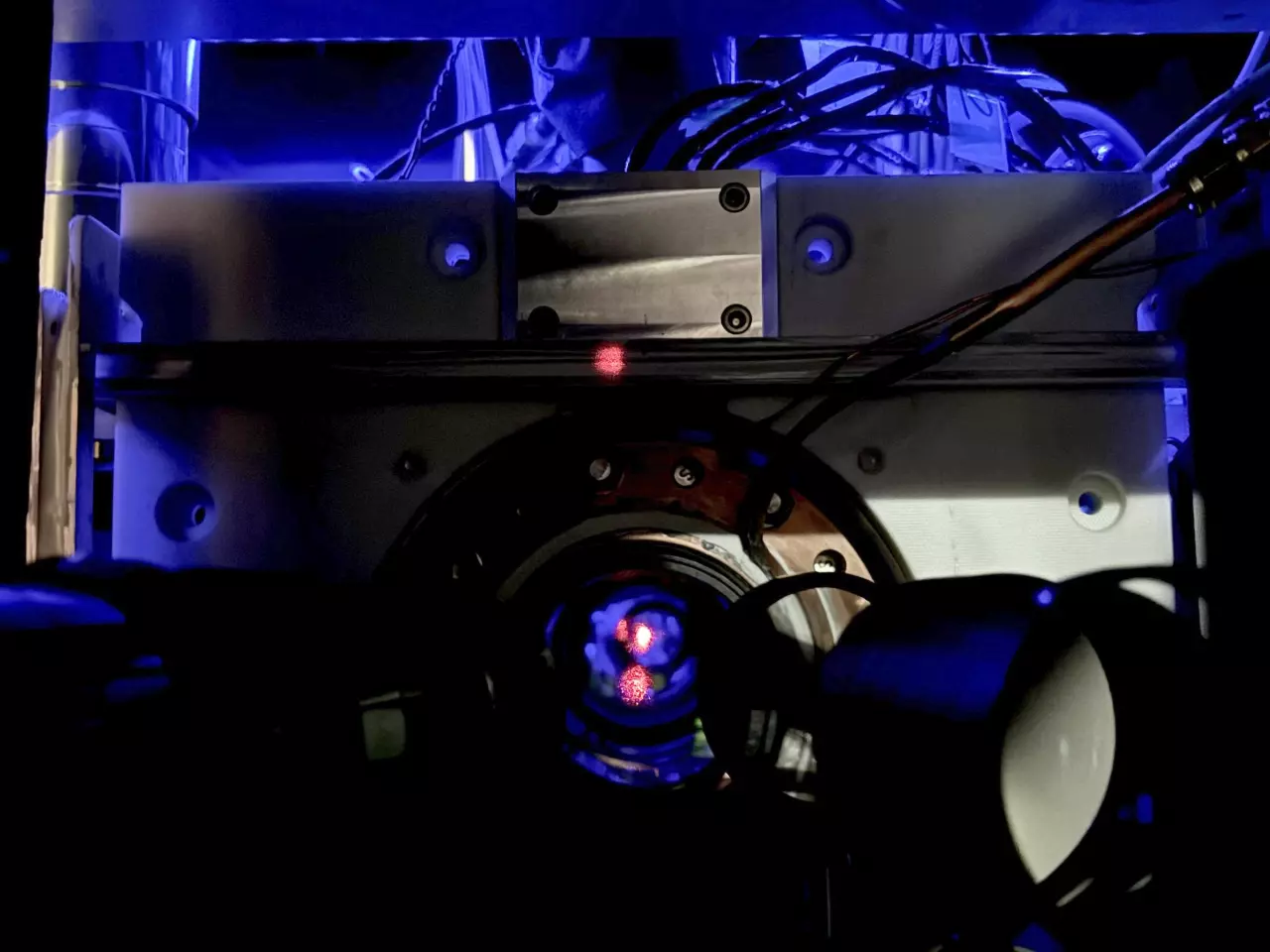Scientists have developed the most precise and accurate atomic clock to date – if you ran it for twice the current age of the universe, it would only be off by one second. This could not only improve services like GPS, but help scientists probe how gravity warps the flow of time across submillimeter distances.
Your Mickey Mouse watch keeps time just fine for everyday purposes – being a second out here or there doesn’t matter for meetings or lunches. But for complex events like space launches, fractions-of-a-second differences can mean the difference between champagne corks popping in the control room and the most expensive explosions humans can produce.
Atomic clocks are the incredibly precise instruments that enable these impressive feats. They work by counting the extremely predictable vibrations of certain atoms – cesium-133, for example, 'ticks' precisely 9,192,631,770 times per second, and that’s been used to officially define the length of a second since the 1960s. They’re accurate to within one second in 300 million years.
Now, scientists at JILA have developed an atomic clock that’s far more precise. It’s based on a few developments that the team has created over the years. First, it doesn’t use cesium atoms but strontium instead, which tick an insane 429 trillion times per second. Rather than measuring these ticks using microwaves, this kind of atomic clock uses visible light waves, which have a much higher frequency.
Tens of thousands of these strontium atoms are trapped in a kind of laser net, or 'optical lattice,' which holds them in place while they do their predictable dance. Having so many in one place helps boost precision, with these only dropping one second within billions of years.

The JILA team’s new atomic clock ups the accuracy to record-breaking levels using a shallower and gentler light trap. This prevents two sources of errors that are often introduced into optical lattice atomic clocks – influences from the laser light and the atoms bumping into each other.
This new design is apparently accurate to within 8.1 parts per 10 quintillion (a 10 followed by 19 zeroes). In other words, the clock would only be out by one second if it ran for 30 billion years – that’s more than twice the current age of the universe. It’s pretty damn accurate, is what we’re trying to say.
That mind-boggling precision could be used to measure time better than ever before, improving technologies like GPS and communications. But it could also help probe physics itself – after all, gravity can change the rate at which time passes, and this instrument could measure that difference across distances around the thickness of a single hair.
“This clock is so precise that it can detect tiny effects predicted by theories such as general relativity, even at the microscopic scale,” said Jun Ye, an author of the study. “It’s pushing the boundaries of what’s possible with timekeeping.”
The research has been accepted for publication in the journal Physical Review Letters, and is currently available as a preprint on ArXiv.
Source: NIST





